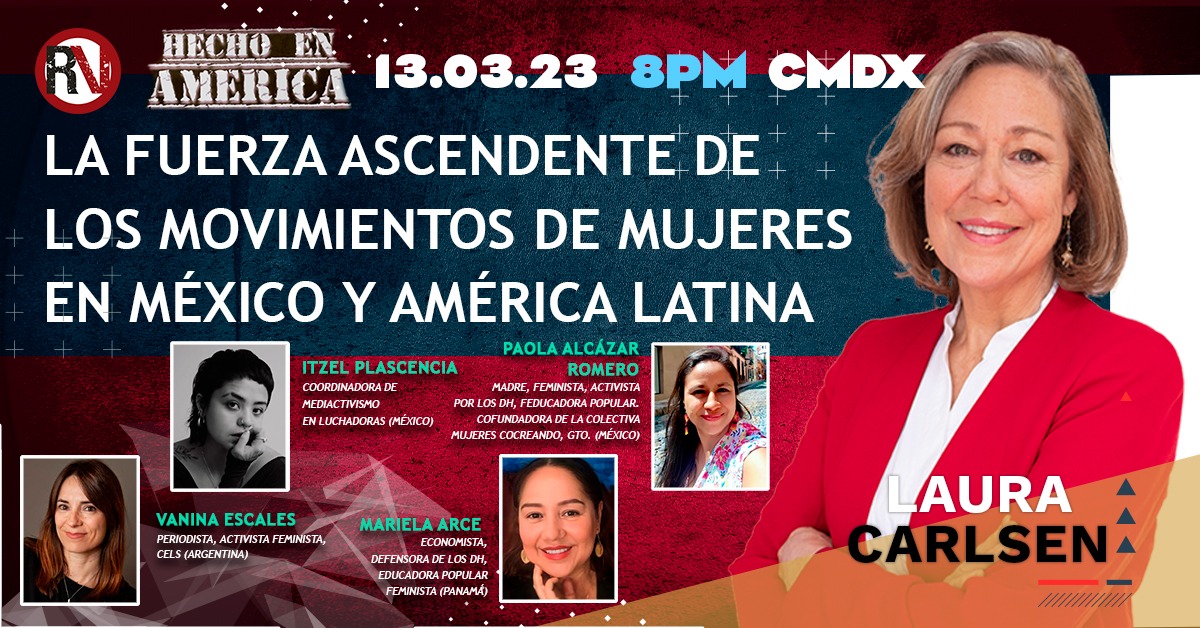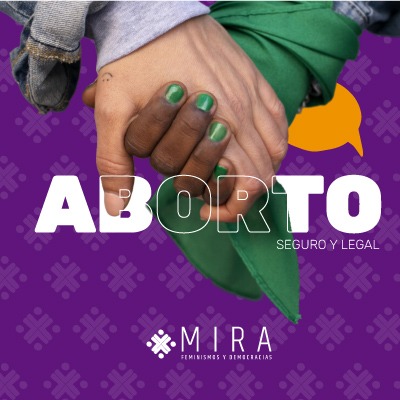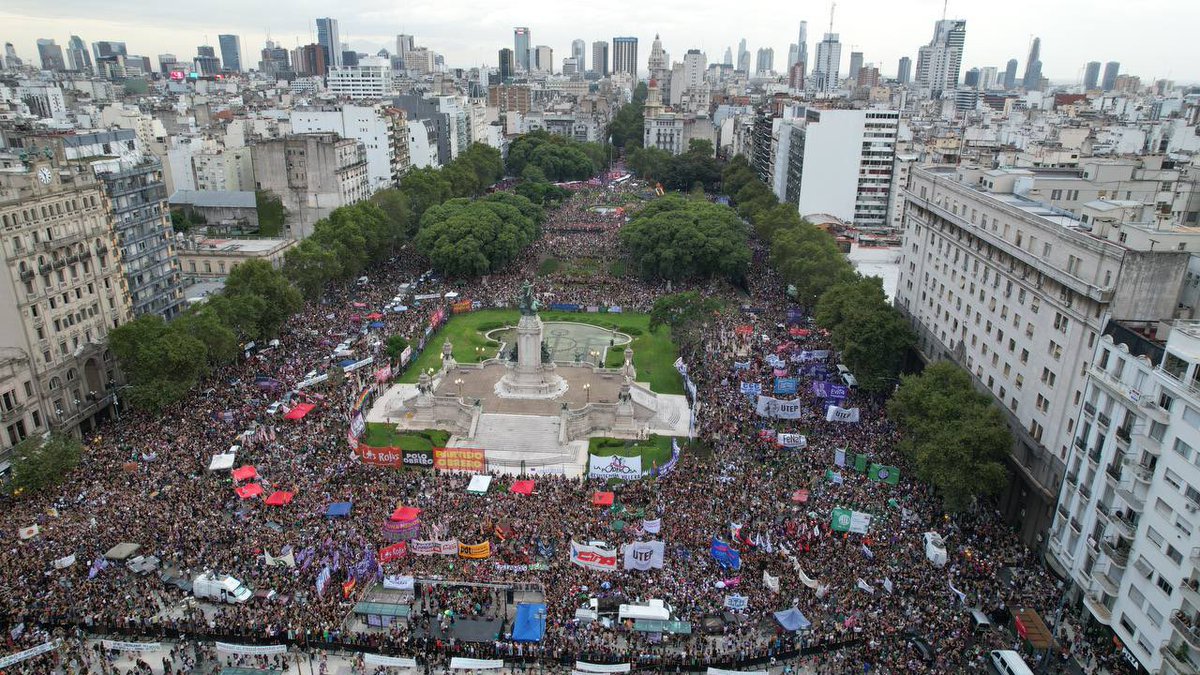Hemispheric
Watch
Trade and Integration in the Americas:
Regular FTAA or FTAA Lite?
Eduardo Gudynas | November
11, 2003
Americas Program,
Interhemispheric Resource Center (IRC)
www.americaspolicy.org
Negotiations toward the creation of a Free Trade Area of the Americas (FTAA) are currently under extreme pressure. There are diverse ideas about the very nature of the hemispheric continental accord; some talk of a strong FTAA, and others of an FTAA lite. At times, it seems like a contest for kitchen recipes, far from the profound consequences of a proposal that, although presented as a trade agreement, in reality goes much broader and deeper.
In November, trade ministers from throughout the Americas will discuss
the progress of the FTAA in Miami. They will arrive after several weeks of
negotiations and confrontations, both within the Americas as well as on the
global level in the World Trade Organization (WTO). Latin America has gone
through very different experiences: in the WTO, Latin American countries were
able to unite and confront the United States and Europe, but they divided
again over FTAA.
The Latin Americans in the Group
of 20
The so-called "Group of 20" organized in the recent ministerial
meeting of the WTO in Cancun to confront the protectionism and agricultural
subsidies of Washington and Brussels. Although the group was led by Brazil,
India, China, and South Africa, it has the distinction of managing to unite
nearly all the South American countries and various Central American countries
as well.
In Cancun, Latin America achieved a regional articulation seldom seen in
the past decades. The G-20 represented all the large regional economies (Argentina,
Brazil, and Mexico), and all the members of the Andean and Southern Cone blocks
joined, with the exception of Uruguay. For once, Colombia, Ecuador, Peru,
Venezuela, Bolivia, and Chile marched under the same banner. El Salvador,
Guatemala, and Costa Rica also participated. This means that almost half the
supposed associates of a future FTAA coordinated their efforts to protest
Washington’s agricultural trade policies.
In the WTO debates what happened wasn’t a "promise of coordination"
but finally a real articulation of positions. Therefore, one could expect
to continue with the same demands in the FTAA, since there the same difficulties
in agriculture exist. However, this has not happened at all in the past weeks;
on the contrary the G-20 has lost many of its Latin American members.
Preparing for Miami
The United States reacted strongly to the failure of the WTO and has intensified
its efforts to avoid the same thing happening at FTAA in Miami. Washington
continues to be more interested in signing bilateral pacts with specific countries
than in multilateral accords in the WTO. The WTO results have caused a political
reaction in the U.S. that goes beyond the trade area and centers on pressuring
different countries to negotiate free trade agreements, or reach an FTAA under
the conditions established by Washington. The clearest example of this position
has been the recent Central American tour of U.S. Trade Representative Robert
Zoellick to promote the Central American Free trade Agreement (CAFTA), while
demanding certain measures (for example, that Central America deregulate energy,
telecommunications, etc.) and reiterating that it will maintain its own protections
(for example, in agriculture).
The U.S. government has invested enormous effort in these visits, much
greater than expected if what was at stake was merely an economic trade agreement
between the U.S. and Central America. Much the same has happened with the
flirtations of Washington with Colombia, and to a lesser degree Peru, to negotiate
free trade agreements following the format of the U.S.-Chile Free trade Agreement.
But what’s really at stake goes far beyond the balance of trade, and corresponds
to a dispute over leadership in the region, especially with Brazil and the
MERCOSUR block. Mere days after the September meeting in Cancun, El Salvador,
Colombia, Peru, Guatemala, and Costa Rica left the Group of 20 successively,
and Ecuador may soon follow. In nearly all cases, there are indications of
diverse pressures from Washington, with the extreme case of Peru, where the
Minister of Trade announced a distancing of his country from the group but
with the open disagreement of the Minister of Foreign relations.
Various Latin American governments held that following the failure of the
WTO, everyone left empty-handed. These have gone back to seeking bilateral
trade agreements as the possible means of obtaining an increase in their exports.
However, in so doing they lose the possibility of building a stronger negotiating
force, and contribute to eroding the attempts of integration, especially in
South America between the Southern Common Market (MERCOSUR) and the Community
of Andean Nations (CAN). In particular, they have isolated Brazil–the country
that presides over the last round of FTAA negotiations with the United Status.
The Pathways of FTAA
The MERCOSUR, and especially Brazil, have been insisting that the FTAA
negotiations should take into consideration the asymmetries between the participating
countries, and concessions should be mutual. If southern countries are willing
to liberalize sectors like governmental purchases, then the U.S. and Canada
should lower their agricultural protections. Various countries of the Southern
Cone, such as Argentina, Brazil, and Uruguay are important agro-exporters
and have huge difficulties exporting to the U.S. and third markets, due to
the dumping and domestic supports Washington channels to agro-industry.
These ideas were presented at the beginning of October in the last preparatory
meeting of the FTAA to establish the agenda that will be approved in Miami.
There the "culinary discussion" re-emerged on the FTAA, based on
terminologies that originated months ago in Brasilia. The MERCOSUR proposes
an FTAA lite, or what they call "realistic." Their proposal was
rejected by the U.S., with the support of more than a dozen Latin American
nations. Countries like Chile, Mexico, and Peru forgot the alliances they
forged just weeks earlier in the WTO and allied once again with Washington.
The idea of an FTAA lite grew out of a Brazilian proposal and seeks to
arrive at agreements on critical issues such as agricultural trade, but set
aside other questions for the WTO or bilateral agreements. Its proponents
propose advancing on three separate paths: the first is for bilateral agreements
or agreements between groups of countries and the U.S. (the specific case
is a negotiation "4+1" of the MERCOSUR with the U.S.); the second
is the "realistic," scaled-down FTAA; and the third would reserve
some of the most controversial issues for the WTO. In the MERCOSUR, the FTAA
lite would contain concrete agreements on, for example, agriculture and would
encompass issues like investment, but with the notable exception that the
south-south agreements within Latin America would not automatically be transferred
to the developed nations (U.S. and Canada), and would not include concrete
commitments in other issues such as government purchases or competition policies.
This proposal is practically the opposite of what Washington is seeking,
but also is interpreted as Brazil’s attempt, through MERCOSUR, to generate
an alternative pole of influence in the south. For these reasons, the attitude
of the Andean countries is critical: if they support the MERCOSUR position
they would strengthen Brazil’s position. This explains Washington’s negotiations
with Bogotá and Lima.
In the end, either dish–FTAA lite or FTAA regular–will be hard to digest.
The alternative proposal, MERCOSUR’s FTAA diet, has the advantage of establishing
a counterweight to Washington and maintaining control over critical areas
of national development like investment or regulation of competition policies.
But still the path followed is one of a free trade agreement.
Meanwhile, the U.S. advances its free-trade agenda step by step through
bilateral and regional agreements. It has signed agreements with Mexico and
Chile, is quickening the pace on the CAFTA negotiations, and Colombia may
join the ranks soon. In this way, it creates parallel treaties that have the
same format and characteristics of an FTAA that serves Washington’s interests.
Following this path, the U.S. can arrive at a web of free trade pacts that
cover all of Central America and various Andean countries, with the exception
of (for now) Argentina, Brazil, Uruguay, Paraguay, and Venezuela.
This means in practice an FTAA that leaves out the most important commercial
competitors, and ties Brazil’s hands as a regional leader. It is, furthermore,
a strategy that will create a divided Latin America for a long time, and so
reduce Latin American countries’ capacity for economic and productive articulation.
All these factors show that the meeting of the FTAA in Miami will not only
deal with issues of trade, but will be the stage for a major behind-the-scenes
dispute for leadership in Latin America. All this and more are the ingredients
for a recipe that is still not cooked.
Eduardo Gudynas is an information analyst at D3E (Desarrollo, Economía,
Ecología y Equidad en América Latina; www.globalization.org ).
He is a regular columnist for the IRC Americas Program (online at www.americaspolicy.org ).
Join our network to receive email announcements that tell you when new items like this article are posted to the Americas Program website. Information on our privacy policy is available on our network sign-up page.
We want your feedback . Tell us what you think of this article. Your comments may be published in our CrossBorder UPDATER or UPDATER Transfronterizo .
Published by the Americas Program at the Interhemispheric Resource Center (IRC). ©2003. All rights reserved.
Recommended citation:
Eduardo Gudynas, "Trade and Integration in the Americas: Regular FTAA
or Diet FTAA?," Americas Program (Silver City, NM: Interhemispheric Resource
Center, November 11, 2003).
Web location:
http://www.americaspolicy.org/columns/gudynas/2003/0311diet.html
Production information:
Writer: Eduardo Gudynas
Editor: Laura Carlsen, IRC
Layout: Tonya Cannariato, IRC



